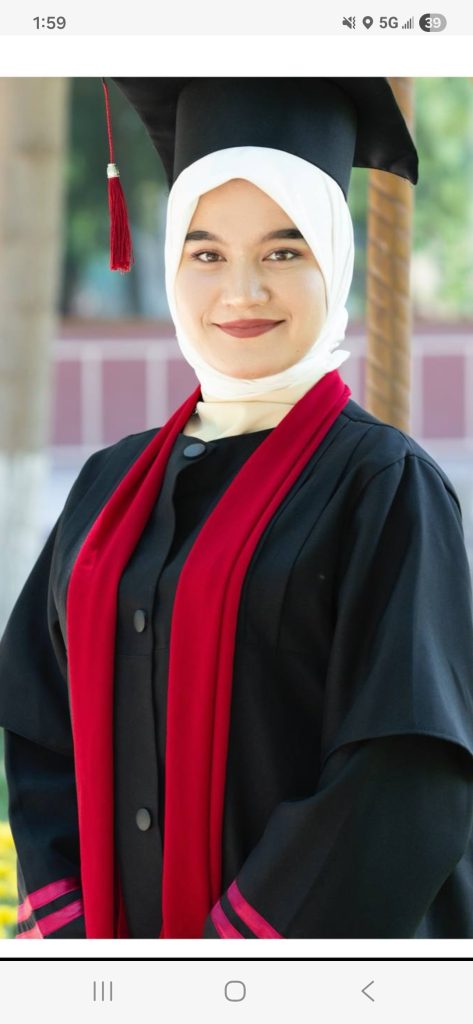
SPEECH DEVELOPMENT DEFICIENCIES IN PRESCHOOL CHILDREN AND WAYS TO OVERCOME THEM
Navoi State UniversityPreschool Education Program,
3rd-year student
Yarmamatova Sevinch Elyor qizi
AbstractThis article analyzes the main deficiencies encountered in the speech development of preschool children, their causes, and effective pedagogical approaches to overcoming them. The topic is also relevant for foreign preschool educational institutions, and the importance of early pedagogical intervention in developing children’s language competence is highlighted.
Keywords: preschool age, speech development, phonemic hearing, speech therapy, communicative competence, pedagogical technology, language development, early intervention, vocabulary, articulation exercises.
Introduction
Speech is the main tool in children’s socio-psychological development and forms the foundation of thinking, communication, and learning processes. During preschool age, speech development occurs rapidly; however, due to various factors, some children may experience delays or disorders in speech development. Such conditions negatively affect later stages of reading, writing, and social adaptation.
1. Main Speech Development Deficiencies
1.1. Limited Vocabulary
Many children have a vocabulary level below age norms. This makes it difficult for them to express thoughts consistently, answer questions, or engage in communication.
1.2. Underdeveloped Grammatical Structure
Errors in sentence construction, incorrect use of cases and tenses, and inability to arrange sentence components coherently are commonly observed.
1.3. Speech Sound Disorders
Sound articulation disorders such as sigmatism and rotacism, sound substitution, or omission are widespread among children.
1.4. Deficiencies in Phonemic Development
Children’s inability to distinguish or correctly perceive sound differences in words can later lead to difficulties in literacy acquisition.
1.5. Insufficient Communicative Competence
Shyness, inability to express thoughts freely, and poorly developed dialogic skills are also significant issues in the speech development process.
2. Causes of Speech Development Deficiencies
Insufficient Speech Environment in the Family
Limited verbal interaction with adults or excessive exposure to screen-based media slows down speech development.
Pedagogical Neglect
Failure to provide age-appropriate speech activities and lack of active engagement in communication.
Psychological Factors
Stress, fear, and attention deficits can hinder speech development.
Biological Factors
Prenatal or perinatal injuries and hearing impairments affect speech formation.
3. Ways to Overcome Deficiencies and Methodological Recommendations
3.1. Enriching the Speech Environment
Reading books to children, daily conversations, and role-playing games help expand vocabulary.
3.2. Speech Therapy Sessions
Regular activities such as sound correction, articulation gymnastics, and exercises to develop phonemic hearing are essential.
3.3. “Early Development” Programs
Sensory development activities, communication games, and kinesthetic and visual materials have a positive impact on speech development.
Yarmamatova Sevinch Elyor qizi was born on July 11, 2005, in Khatirchi district of Navoi region.She graduated from General Secondary School No. 39 in her district. Currently, she is a third-year undergraduate student majoring in Preschool Education at Navoi State University. From an early age, Sevinch has been deeply interested in poetry and literature. Her goal is to become a highly qualified specialist in her profession and to share the valuable knowledge she has gained with future generations.



